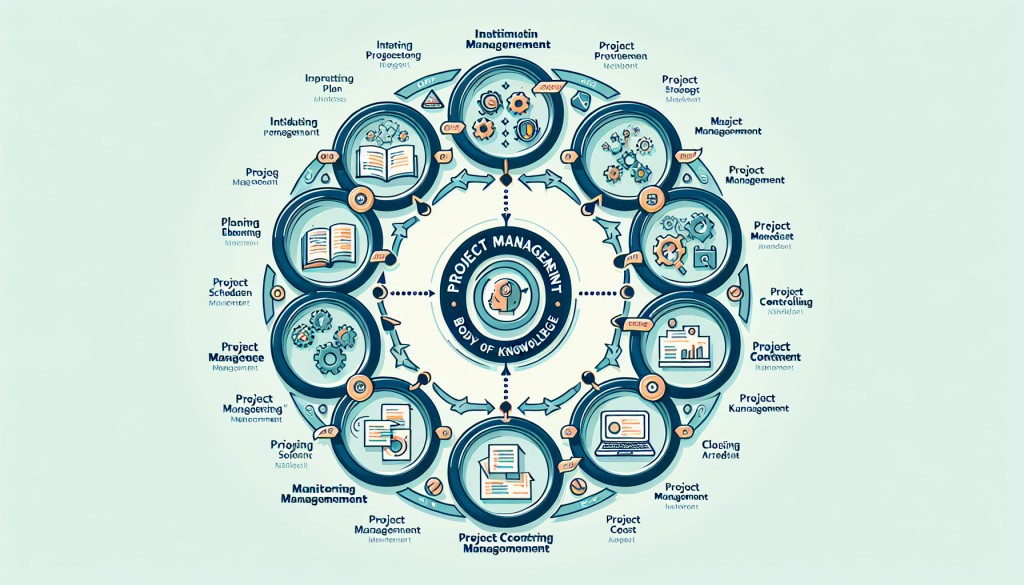Project Management Body of Knowledge (PMBOK) is a set of best practices that are widely used in the field of project management. By applying these practices, project managers can significantly increase the chances of success for their projects. In this essay, we will explore seven ways in which PMBOK practices can be applied to boost project success.
The first way to apply PMBOK practices is to ensure that all project stakeholders are identified and engaged from the very beginning of the project. This includes not only the project team members, but also key stakeholders such as customers, suppliers, and sponsors. By involving all stakeholders in the project planning and decision-making process, project managers can ensure that everyone is on the same page and working towards a common goal.
The second way to boost project success is to create a detailed project plan that outlines the scope, schedule, budget, and resources required for the project. By following the PMBOK guidelines for project planning, project managers can identify potential risks and develop strategies to mitigate them. This helps to ensure that the project stays on track and that any issues that arise can be addressed promptly.
The third way to apply PMBOK practices is to effectively manage project communication. Communication is key to the success of any project, and project managers should use PMBOK practices to establish clear lines of communication with all stakeholders. This includes regular project status updates, team meetings, and stakeholder engagement activities. By keeping everyone informed and involved, project managers can prevent misunderstandings and keep the project moving forward smoothly.
The fourth way to boost project success is to monitor and control project performance. PMBOK practices include tools and techniques for tracking project progress, identifying variances from the project plan, and taking corrective action when necessary. By closely monitoring project performance and making adjustments as needed, project managers can ensure that the project stays on track and meets its objectives.

The fifth way to apply PMBOK practices is to manage project risks effectively. Every project comes with its own set of risks, and project managers should use PMBOK practices to identify, assess, and respond to these risks. This includes developing a risk management plan, monitoring risk throughout the project lifecycle, and implementing risk mitigation strategies. By proactively managing project risks, project managers can reduce the likelihood of negative impacts on the project.
The sixth way to boost project success is to ensure that project quality is maintained throughout the project lifecycle. PMBOK practices include tools and techniques for quality planning, quality assurance, and quality control. By following these practices, project managers can ensure that project deliverables meet the required quality standards and that customer expectations are met.
The seventh way to apply PMBOK practices is to close out the project effectively. PMBOK practices include guidelines for project closure, including conducting lessons learned sessions, obtaining final project approvals, and archiving project documentation. By following these practices, project managers can ensure that the project is formally closed out and that any remaining tasks or issues are addressed before moving on to the next project.
How to Implement PMBOK Principles in Agile Environments .
In conclusion, by applying PMBOK practices to their projects, project managers can significantly increase the chances of success. By engaging stakeholders, creating detailed project plans, managing communication, monitoring project performance, managing risks, ensuring quality, and closing out the project effectively, project managers can deliver successful projects that meet objectives and exceed expectations.